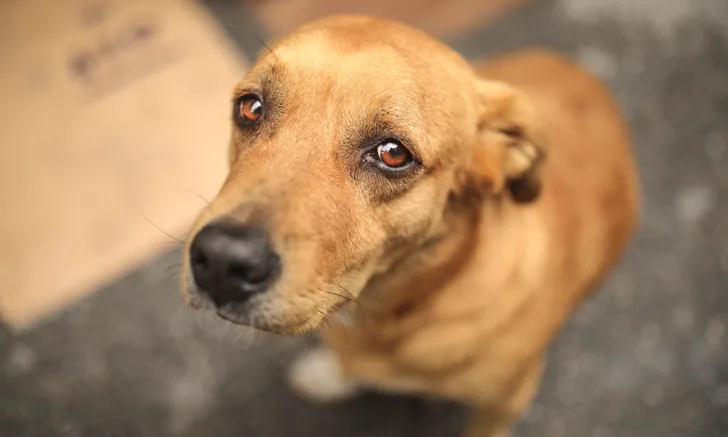Staged Treatment of Gastric Dilatation-Volvulus (GDV) in Dogs
Britt Thevelein, DVM, DACVECC, University of Georgia

In the Literature
White RS, Sartor AJ, Bergman PJ. Evaluation of a staged technique of immediate decompressive and delayed surgical treatment for gastric dilatation-volvulus in dogs. J Am Vet Med Assoc. 2021;258(1):72-79.
The Research …
Gastric dilatation-volvulus (GDV) causes derangements in homeostasis that progressively worsen when the condition is left untreated. Gastric necrosis is of particular concern because it also increases with prolonged time to treatment and is associated with a poorer prognosis.1 Patients should be initially treated for shock, followed by definitive treatment (decompression and derotation of the stomach and laparotomy) to allow inspection of gastric tissue and gastropexy to reduce the risk for recurrence. Decompression, derotation, and surgical stabilization are typically performed in one general anesthetic episode; however, not every patient can tolerate prolonged anesthesia, and these procedures can be staged in 2 anesthetic episodes if needed.
This study retrospectively evaluated a staged treatment protocol for GDV that consisted of immediate gastric decompression and medical management in a first anesthetic episode, followed by delayed surgical treatment in a second anesthetic episode. The study included 41 dogs; 35 of these received delayed surgical treatment. The remaining 6 dogs were immediately taken to surgery due to various reasons, including inability of an orogastric tube to be placed. In dogs allowed to recover from anesthesia after stabilization and decompression, surgical treatment was generally performed the morning after presentation. A longer delay between anesthetic episodes was associated with longer hospitalization and higher cost. No reliable preoperative markers were identified to indicate gastric necrosis, although elevated lactate and minimal decrease in serial lactate concentrations were associated with worse gastric health status and mortality. Forty-three percent of dogs undergoing the staged protocol still had an abnormal gastric position at the time of surgery despite successful orogastric intubation. The mortality rate of dogs undergoing the staged protocol (9%) was similar to mortality rates previously reported in dogs undergoing immediate surgical treatment for GDV.1,2 All dogs with gastric necrosis (n = 4) were euthanized intraoperatively.
… The Takeaways
Key pearls to put into practice:
Some dogs may tolerate initial stabilization with decompression of the stomach in the clinic before referral for surgical treatment. However, there are currently no known preoperative markers to select which patients may benefit from a staged approach.
Initial lactate and serial lactate concentrations are both associated with gastric health status and survival to discharge; however, elevated lactate does not always indicate gastric necrosis, and low lactate does not exclude gastric necrosis.
Orogastric intubation without surgical treatment to evaluate for gastric necrosis and gastropexy should never be recommended, even when there is radiographic resolution of volvulus after decompression.
You are reading 2-Minute Takeaways, a research summary resource presented by Clinician’s Brief. Clinician’s Brief does not conduct primary research.